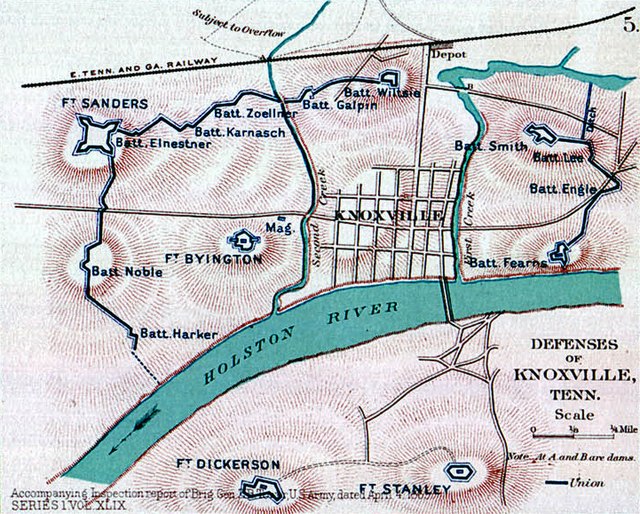
When you get the compressed view of history in school – too much to cover and not enough time – you tend to think events like battles just happened. Two armies showed up and fought. But as Scott Mingus and Eric Wittenberg demonstrate in If We Are Striking for Pennsylvania: The Army of Northern Virginia and the Army of the Potomac March to Gettysburg, battles like Gettysburg have lead-ups, clashes and conflicts, and after-events.
In other words, Robert E. Lee’s Army of Northern Virginia didn’t just show up in Gettysburg and fight George Meade’s Army of the Potomac. In the month leading up to the battle, Lee’s army moved in three substantive routes toward Pennsylvania. The approval to take the war into the North was given by the Confederate government in late May, and Lee wasted no time. By June 1, his army began to move.

Along the way, the Northern generals tried to figure out what Lee was up to. They knew a large part of his army was moving north, but was the objective West Virginia, Pennsylvania’s state capital of Harrisburg, a turn back toward Baltimore and Washington, D.C., or perhaps even Philadelphia? Lee’s ultimate target was unknown.
Volume 1 of this work covers the period from June 1 to June 21, 1863, from leaving Fredericksburg, Virginia and arriving near Chambersburg, Pennsylvania, some 25 miles from Gettysburg. and the authors are meticulous about explaining what was happening from the perspective of soldiers, officers, generals, and civilians. Drawing upon books, memoirs, letters, official histories, Mingus and Wittenberg document Lee’s daily progress north in detail.

Small battles, skirmishes, and limited engagements marked Lee’s progress north. A few of the engagements were intense. Generally, the Union troops got the worst of it, including the Confederates’ recapture of Winchester, Virginia, in Virginia’s Shenandoah Valley, which had chafed under Union occupation.
The authors do a masterful job of reconstructing three weeks of movements by both armies. Gettysburg didn’t just happen one day; that battle has a history, and Mingus and Wittenburg have fully documented it.
Mingus, an author and speaker, has written or co-authored some two dozen books on the American Civil War and Underground Railroad. He was previously a new product development director in the global paper industry, He lives in Pennsylvania. Wittenberg, a practicing attorney, is a Civil War historian, author, lecturer, tour guide, and battlefield preservationist. He’s written numerous books and articles on the Civil War and lives in Ohio.
Vol. 2 in this series covers June 22-30, 1863, and will be published June 30 of this year.











